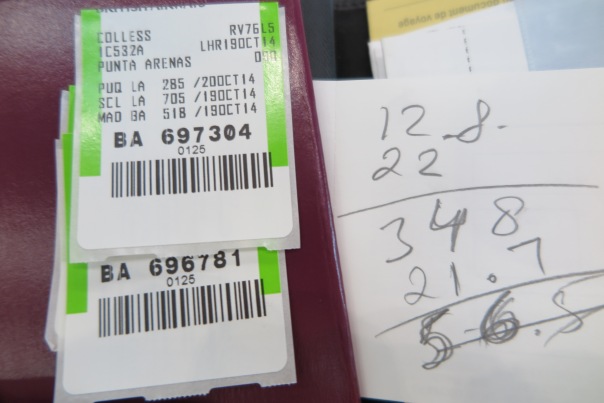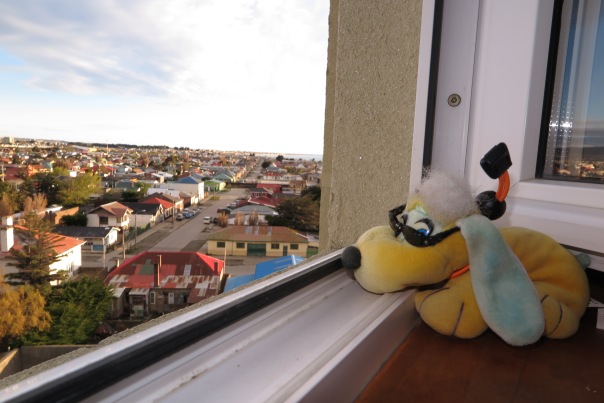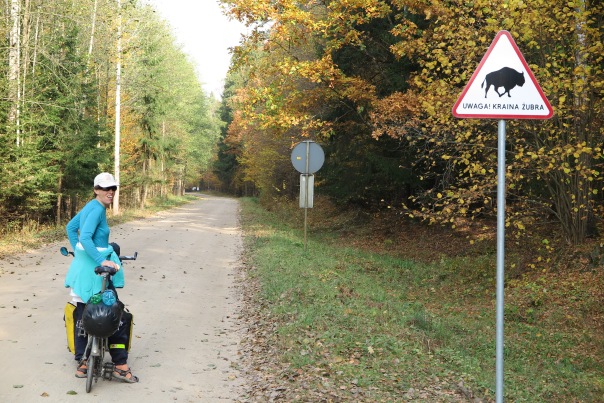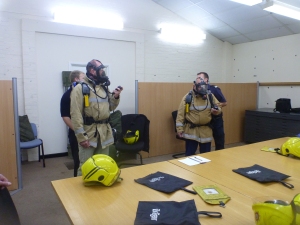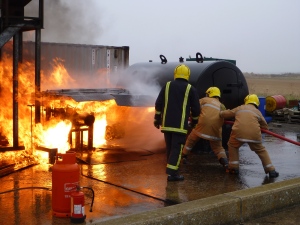For the most part, my first week has been spent learning the BAS standard operating procedures and flight following phraseology.
The HF radios are the main means of communications with the aircraft.

Aircraft Departures
The first step in the communications process for the departure of an aircraft from Rothera International Airport is to check
that the appropriate stations are in place to provide fire cover, boat rescue cover, sea ice rescue and runway PAPI lighting checks.

The Standard Operating Procedures (SOP) provide the criteria and actions for all flight following procedures.
For an aircraft departing from Rothera we refer to the SOP to ascertain the SAR cover requirements for the flight taking into account the current conditions, the aircraft ferry weight and POB. Various internal calls on the base telephone or VHF ch1 are then made to check that appropriate, fire cover, boating SAR cover, and sea ice parties are in place to provide SAR cover for the flights take-off.
Once the aircraft is powered on the first call from the aircraft will be a request for radio checks on both VHF and the various HF frequencies that may be used throughout the flight. The radio check frequencies and readabilities are noted on the first entry in the flight following log for the flight.
The next call from the aircraft will be a request for the latest aviation weather reports. In this message we will pass the latest hourly weather from every airfield or field station en-route for both the planned flight and the alternative destinations. So for example for a direct flight from Rothera to Punta Arenas we would pass the latest weather for Rothera (EGAR), Redolfo Marsh (SCRM as alternative) and Punta (SCCI).
The next call from the aircraft will be the taxi call. This message will include the aircraft callsign, runway number, flight destination, POB and fuel endurance. We respond to this message by reading back all of the information and then passing the latest runway and area wind speeds and direction and the latest runway QNH (pressure) to the aircraft.
At this point we log all the details on the flight following log, turn on the runway siren, warning, lights and beacons and make an all stations announcement on VHF CH1 to announce the departure of the aircraft.
Once the aircraft has taxi-ed and lined up on the runway, the next call from the aircraft will be the callsign and rolling call. We simply acknowledge this call by reading back the callsign and replying with roger. As the wheels leave the runway we log the airborne time on the flight following logs. Once the aircraft levels off the pilot will call airborne. Once this call is received we respond by providing the airborne time from the FF log to aircraft. At this point we turn off the runway sirens lights and apron beacon.
I shall write further soon about:
- Position reports passed every 30 minutes during the flight
- Hourly Meteorological Observation Reports from Airfields in the vicinity
- Trailing Skis calls
- Final and Circuit calls
- Landing and Arrival calls










